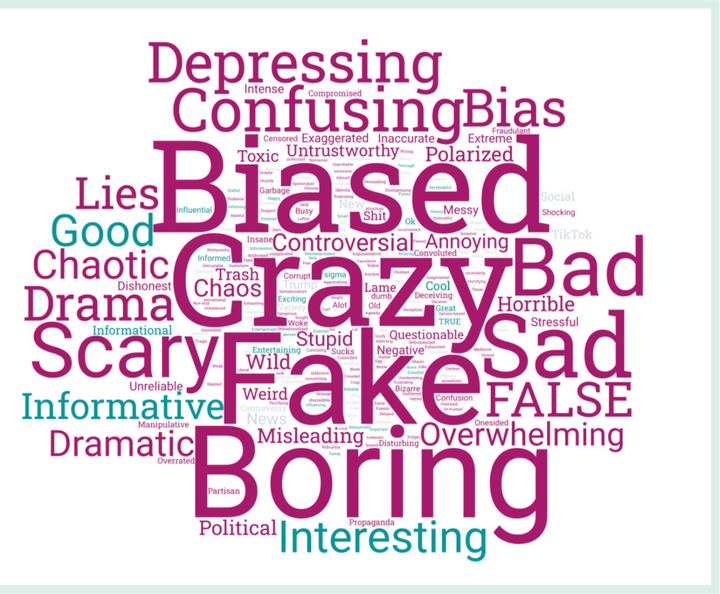Media Matters: Book business
Read anything good lately?

“Books are a uniquely portable magic.” – Stephen King
Read anything good lately?
With all of our screen addictions and a recent report of reading for pleasure declining by more than 40 percent over the last 20 years, you would think that the book business would be in serious trouble.
But books have adapted to screens through online resources like Kindle, Open Library and Project Gutenberg. No other business produces more new, individual products annually than the book industry, with more than two million self-published new titles alone each year in the United States. That might even be doubled since many authors choose not to register self-published books with an International Standard Book Number (ISBN). Add to that 500,000 plus new book titles annually from the traditional publishing industry. By some estimates, another 100 million used books are purchased worldwide each year.
Books are the world’s oldest mass medium. With Johann Gutenberg’s printing press producing 200 copies of the Bible in the 15th century, the book became the world’s first mass-marketed product. With the 20th century pivoting from a print-based to an image-based culture, and with the 21st century internet wreaking havoc on so many traditional media industries – especially printed newspapers and magazines – the resilience of books stands out.
The first product sold by Amazon in April 1995 was a book – “Fluid Concepts and Creative Analogies: Computer Models of the Fundamental Mechanisms of Thought” by Douglas Hofstadter. Amazon, of course, went on to drive thousands of small bookstores out of business. Today Amazon is by far the world’s leading book dealer, selling 300 million books annually in the U.S. alone, including 67% of all ebooks. But you can also bypass Amazon through online outlets like ThriftBooks, AbeBooks and Alibris.
Still, with all these book options, several polls show that roughly half of all U.S. adults do not read a single book in a given year. The study in the journal IScience that tracked “reading for pleasure” data noted that only 2% of all adults regularly read with or to children, including just 21% who still had children under the age of nine in their households. Sadly, another study by a UK publisher found that only 40 percent of respondents reported that reading to a child was “fun” for them.
This has an impact on children. The American Library Association has found that when we read to 3 to 5-year-olds at least three times a week, they are twice as likely to recognize letters and understand words in context than children who are read to less often or not at all.
But I suppose if you are not a reader yourself, reading to a child would not be on a list of “fun things to do.” For our family though, that list would include reading “Goodnight Moon,” “Where the Wild Things Are,” “In the Night Kitchen, “Cloudy with a Chance of Meatballs” and “King Bidgood’s in the Bathtub” to our children and, a generation later, to our grandchildren. Our daughter Caitlin, now the children’s librarian here in Oxford, also recommends “On Account of the Gum” and “How Dinosaurs Went Extinct: A Safety Guide.”

In the 1990s, I remember going to Borders in Ann Arbor with Caitlin to purchase the next book in the “Baby-Sitter’s Little Sister” series. When she was 16, we wrote about the shared experience of watching “Buffy the Vampire Slayer” and “Roswell” on TV and reading each new Harry Potter book. I had been dragged into the wizard world because I had to write a new chapter opener on the book industry for a media textbook. Harry Potter was a phenomenon and my editor suggested I should write about that … which meant I had to read at least the first Potter book.
I got hooked. It got so bad that when each new Potter book came out, we had to order two copies – one for my daughter and one for me.
The Potter phenomenon – more than 600 million copies sold worldwide – hooks each new generation of young readers. One appeal of these books is the depiction of challenges faced by a young boy and his friends who are underestimated by adults and peers alike. Kids can identify with that. Then throw in the magical world of wizards and you have the right concoction of the familiar and the fantastic – a good combination for any author. The real magic of Potter is not in the wand, it’s in the storytelling.
I am reminded of George R. R. Martin, another writer who knows how to mix the familiar and the fantastic. His books inspired HBO’s “Game of Thrones.” He once wrote: “A reader lives a thousand lives before he dies… The man who never reads lives only one.”
Richard Campbell (campber@miamioh.edu) is a professor emeritus and founding chair of the Department of Media, Journalism & Film at Miami University. He is the board secretary for the Oxford Free Press.




